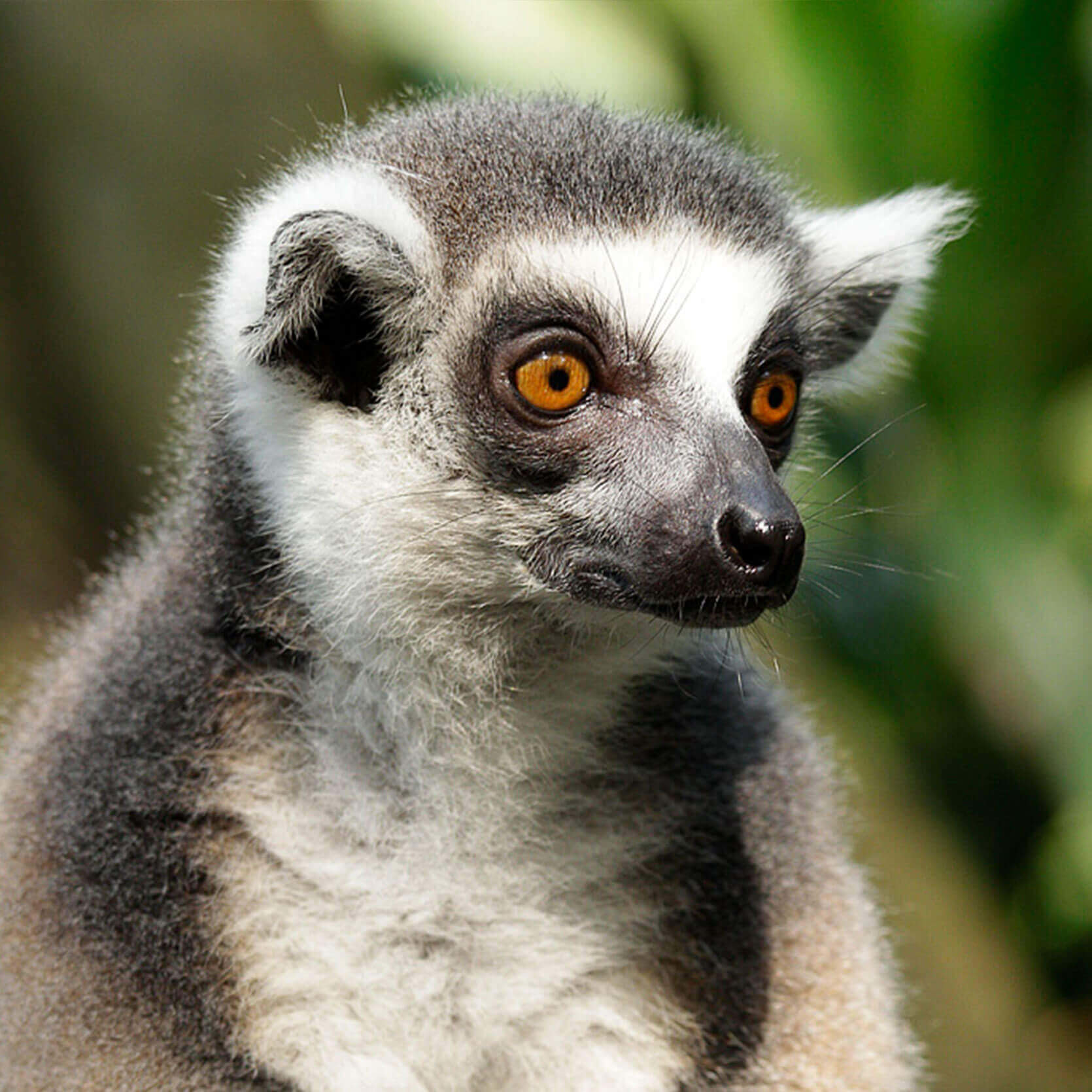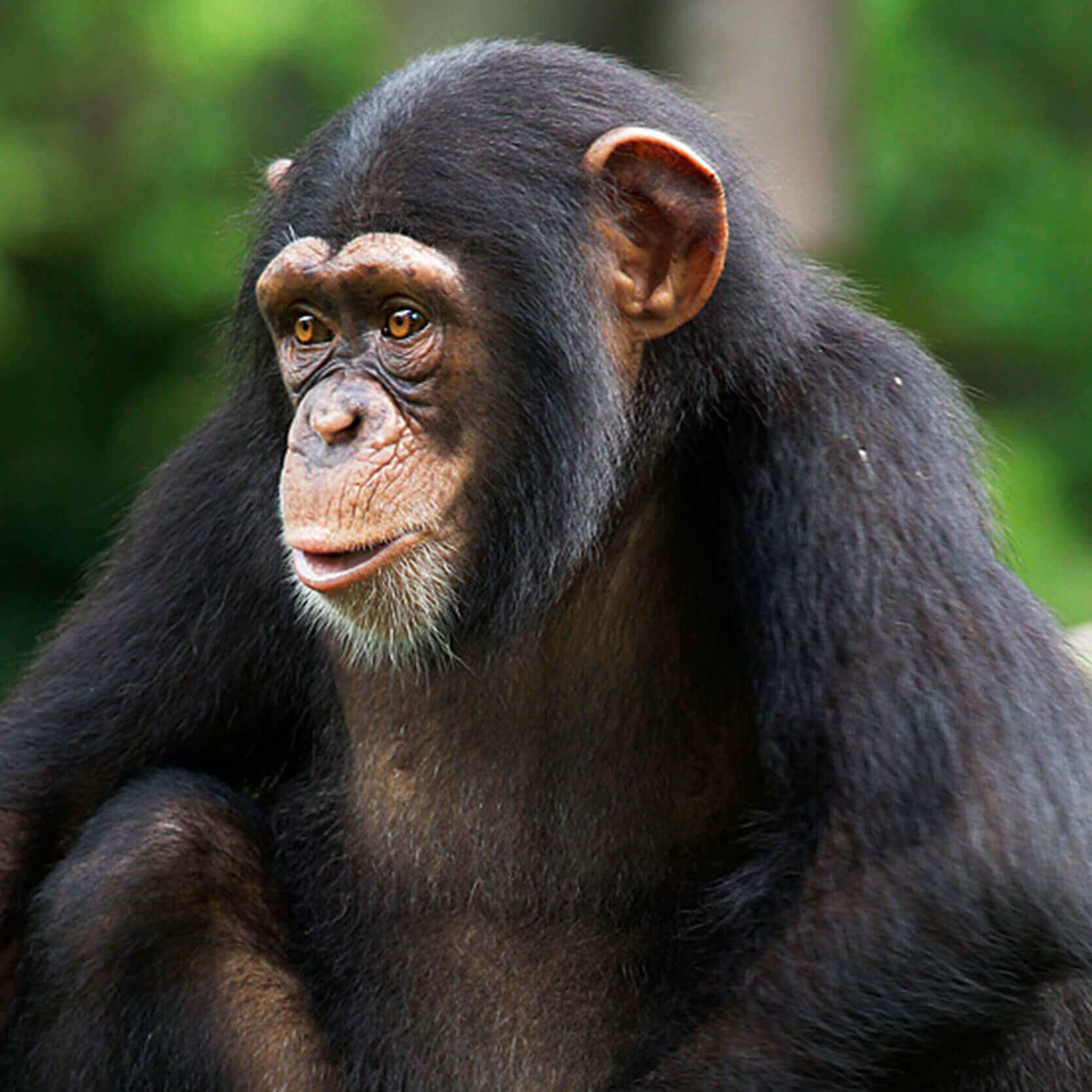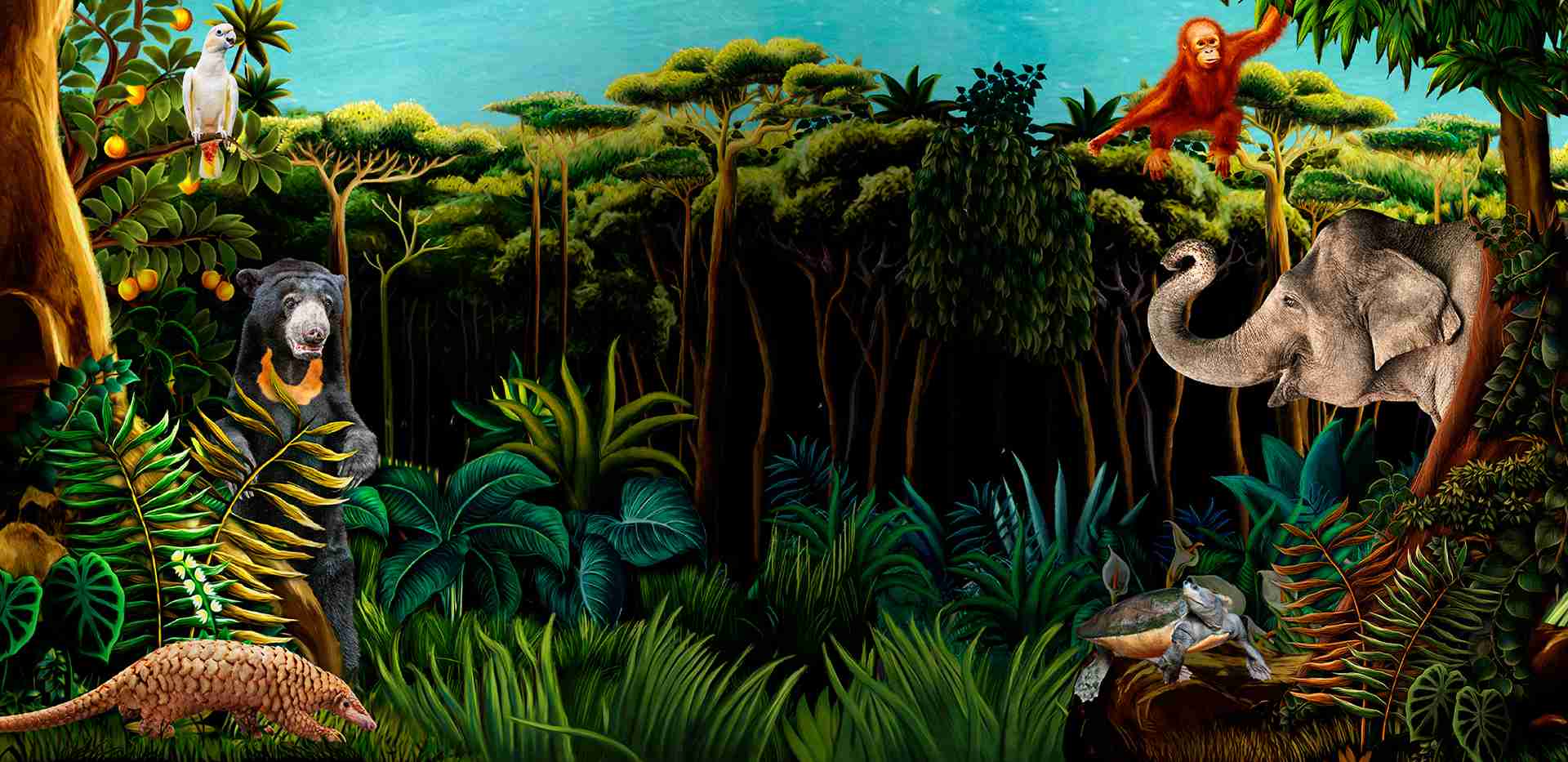Lifespan5-7 years
Quick facts


DietWorms & insects

HabitatLowland scrub and forest

RangeEndemic to Madagascar
The panther chameleons
Special experiences
Chameleon Feeding Demonstration
Daily Reptopia 11am and 2.30pmChameleons have a specialised tongue adapted to capturing their fast-flying prey. Special elastic tissue in their tongue may be the secret to their success. The tongue is kept folded up like an accordion when not in use.
A chameleon that is ready to strike contracts the muscles in its tongue as a person may pull back on the string of a bow. This elastic recoil launches the tongue forward forcefully to snare prey. When fully extended, a chameleon's tongue can be twice its body length.
The keepers hold interaction sessions every day at 11am and 2.30pm. These feature any combination of feeding, conditioning or animal contact sessions.
The chameleon feeding demo is one of such sessions. The keepers decide each day which animals will be featured. Do check out the on-site schedule on the day of your visit!
Baby Boom
RepTopia hatcheryCome visit our little panther chameleon hatchlings here! To date, we’ve welcomed more than forty newborns, each no larger than the head of a pen. Caring for such small animals poses big challenges for RepTopia’s keepers.
As the hatchlings are extremely sensitive to temperature and environmental changes, keepers take extra care in monitoring, feeding and misting them. This is to ensure they each get enough nutrients, hydration and heat to grow and thrive.









